Armed groups on the rise: how battlefield dynamics are changing
New figures show there are both more conflicts and more sides within each one
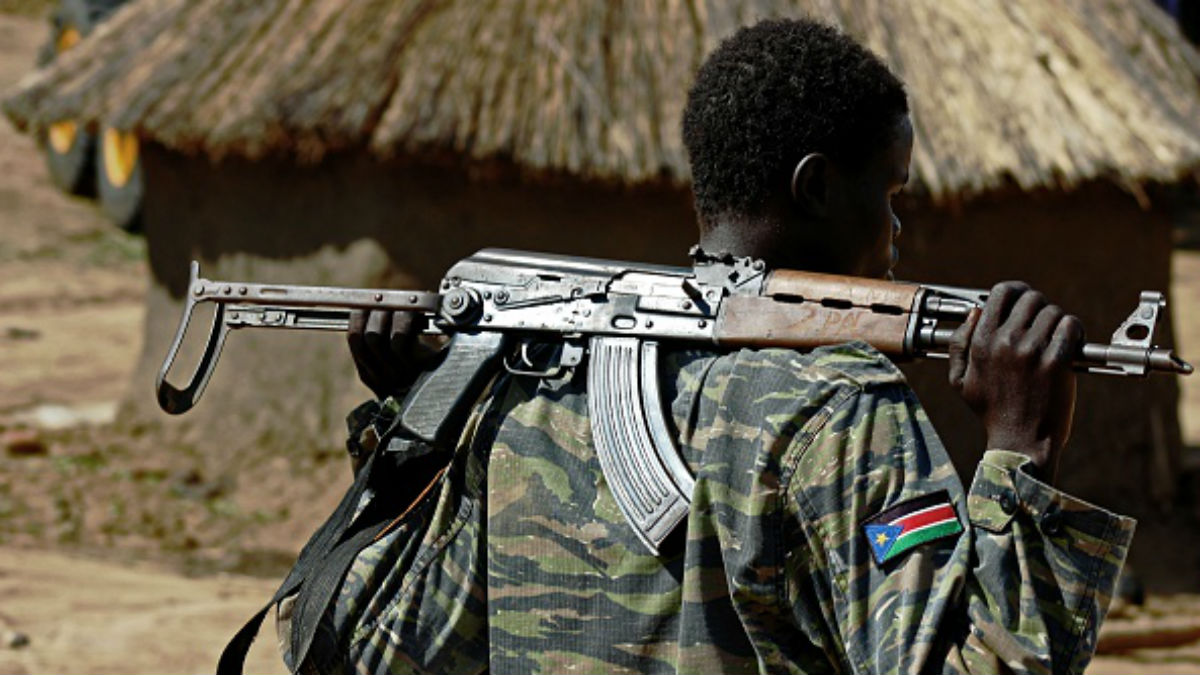
More non-state armed groups have emerged in the past six years than in the previous six decades, according to new research from the International Committee of the Red Cross (ICRC).
The Geneva-based humanitarian organisation also found that the number of non-international armed conflicts more than doubled from the beginning of the century.
“Not only are there more conflicts, but there are more sides in a conflict,” adds the ICRC in a report on its website.
The Week
Escape your echo chamber. Get the facts behind the news, plus analysis from multiple perspectives.

Sign up for The Week's Free Newsletters
From our morning news briefing to a weekly Good News Newsletter, get the best of The Week delivered directly to your inbox.
From our morning news briefing to a weekly Good News Newsletter, get the best of The Week delivered directly to your inbox.
About a third of clashes today are between two parties, nearly half are between three to nine parties, and a quarter feature more than ten parties in the warring territory.
By the end of the Libyan war in October 2011, 236 separate armed groups were registered in the city of Misrata alone. In Syria, more than 1,000 armed groups were counted in 2014.
“We’re seeing a high level of fragmentation,” says Clionadh Raleigh, professor of political geography and conflict at the University of Sussex.
“There has been a loosening of rules around violence generally, a loosening of order,” Raleigh adds, in quotes reported by The New York Times.
A free daily email with the biggest news stories of the day – and the best features from TheWeek.com
The continued rise of local factions, each structured in different ways but frequently with less top-down control, causes a problem for organisations such as the ICRC, who would normally advise military commanders on international humanitarian law and rely on them to enforce the rules.
“In this new labyrinth of non-state and state-sponsored fighters, humanitarian workers have a harder time reaching wounded soldiers and civilians and protecting their own staff members,” says the US newspaper. “They are also finding it more challenging to teach the non-state fighters about the Geneva Conventions and how those laws of warfare should apply to them.”
In a newly released study, The Roots of Restraint in War, the ICRC says that the new battlefield dynamic makes influencing warring groups more difficult but not impossible.
The report recommends that humanitarian workers find culturally specific ways of getting their message across. A case study in South Sudan looked at the impact of speaking to local prophets who hold sway within the community, or using local customs as analogies for humanitarian law.
-
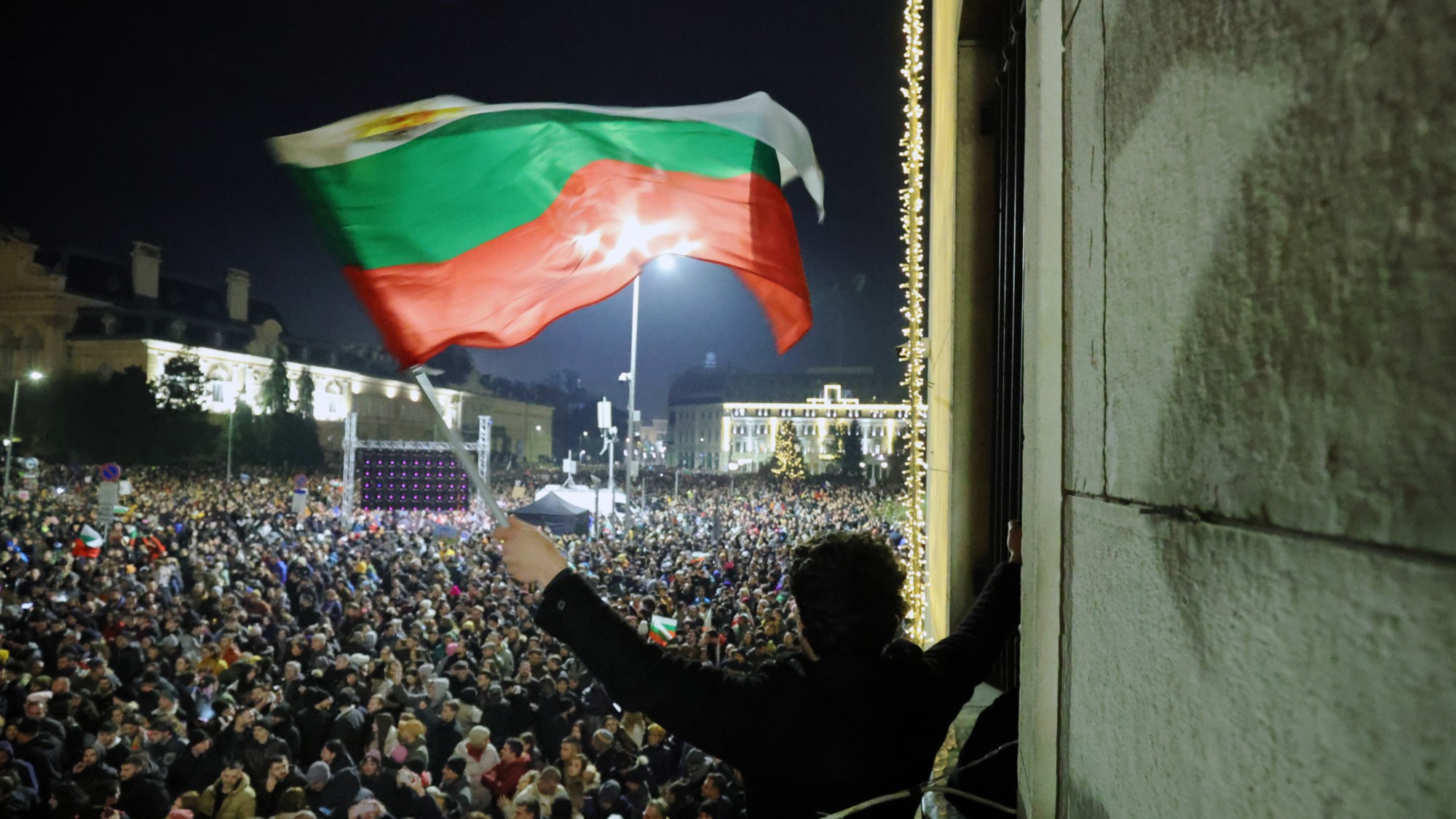 How Bulgaria’s government fell amid mass protests
How Bulgaria’s government fell amid mass protestsThe Explainer The country’s prime minister resigned as part of the fallout
-
 Femicide: Italy’s newest crime
Femicide: Italy’s newest crimeThe Explainer Landmark law to criminalise murder of a woman as an ‘act of hatred’ or ‘subjugation’ but critics say Italy is still deeply patriarchal
-
 Brazil’s Bolsonaro behind bars after appeals run out
Brazil’s Bolsonaro behind bars after appeals run outSpeed Read He will serve 27 years in prison
-
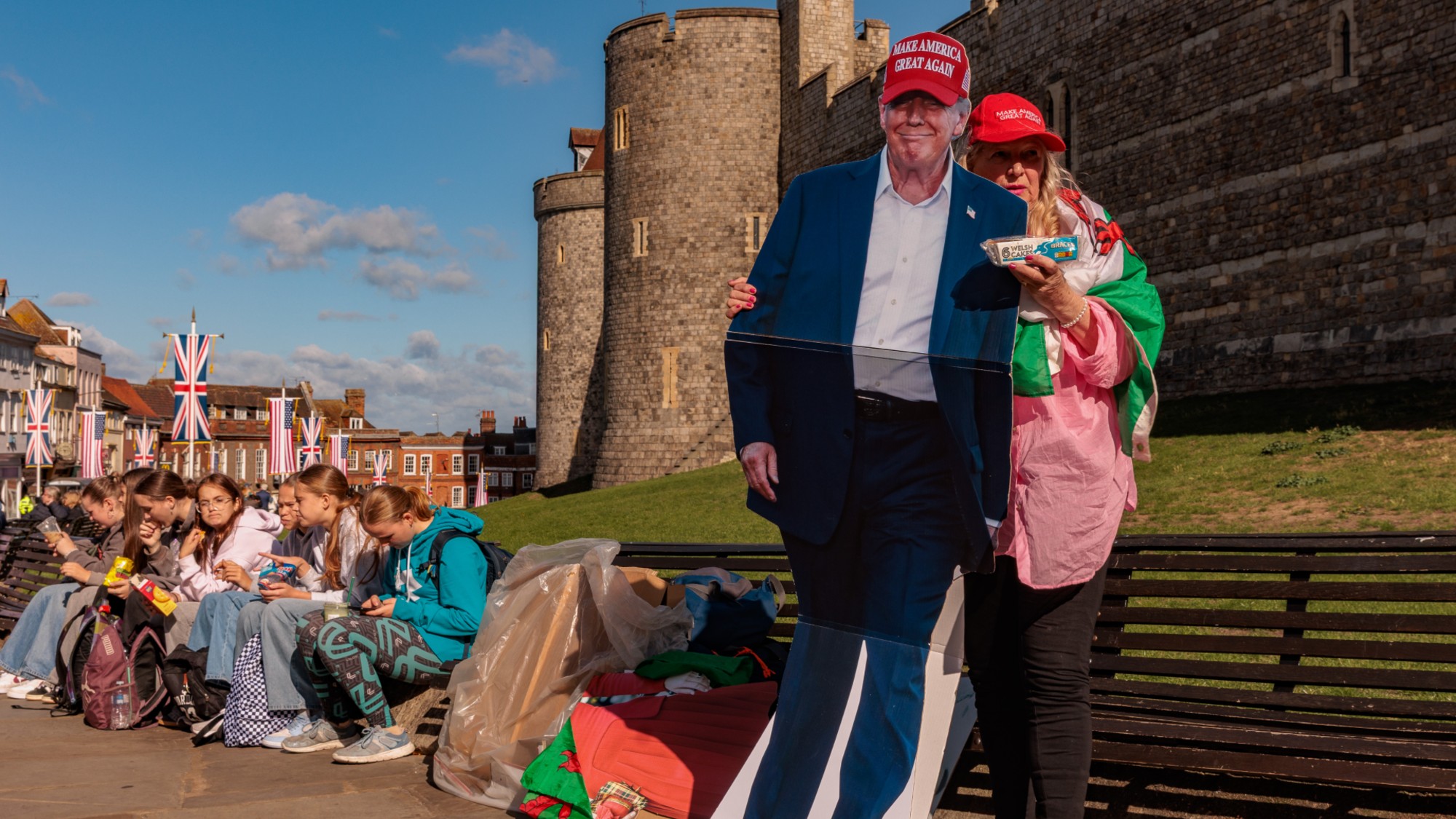 Americans traveling abroad face renewed criticism in the Trump era
Americans traveling abroad face renewed criticism in the Trump eraThe Explainer Some of Trump’s behavior has Americans being questioned
-
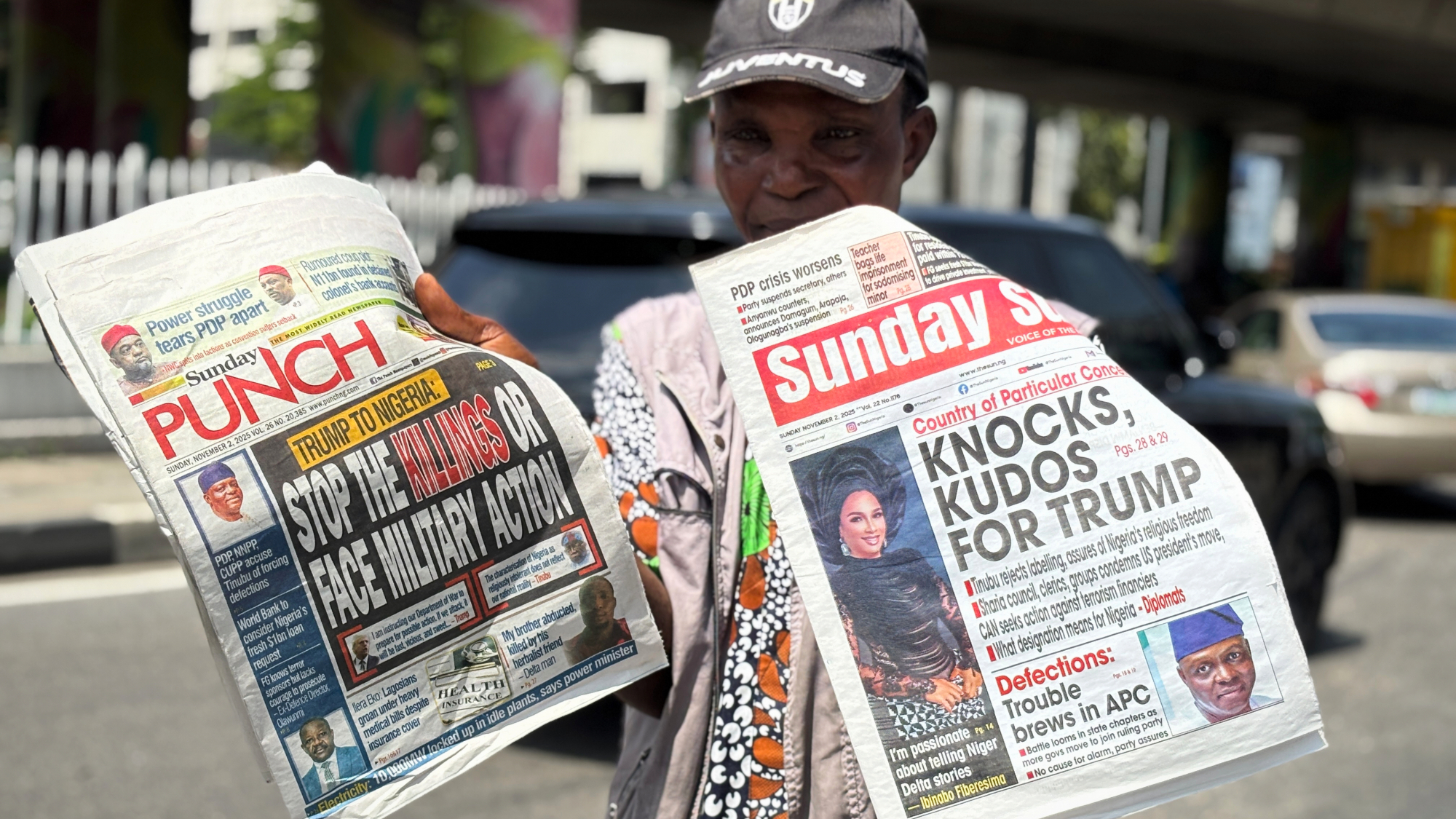 Nigeria confused by Trump invasion threat
Nigeria confused by Trump invasion threatSpeed Read Trump has claimed the country is persecuting Christians
-
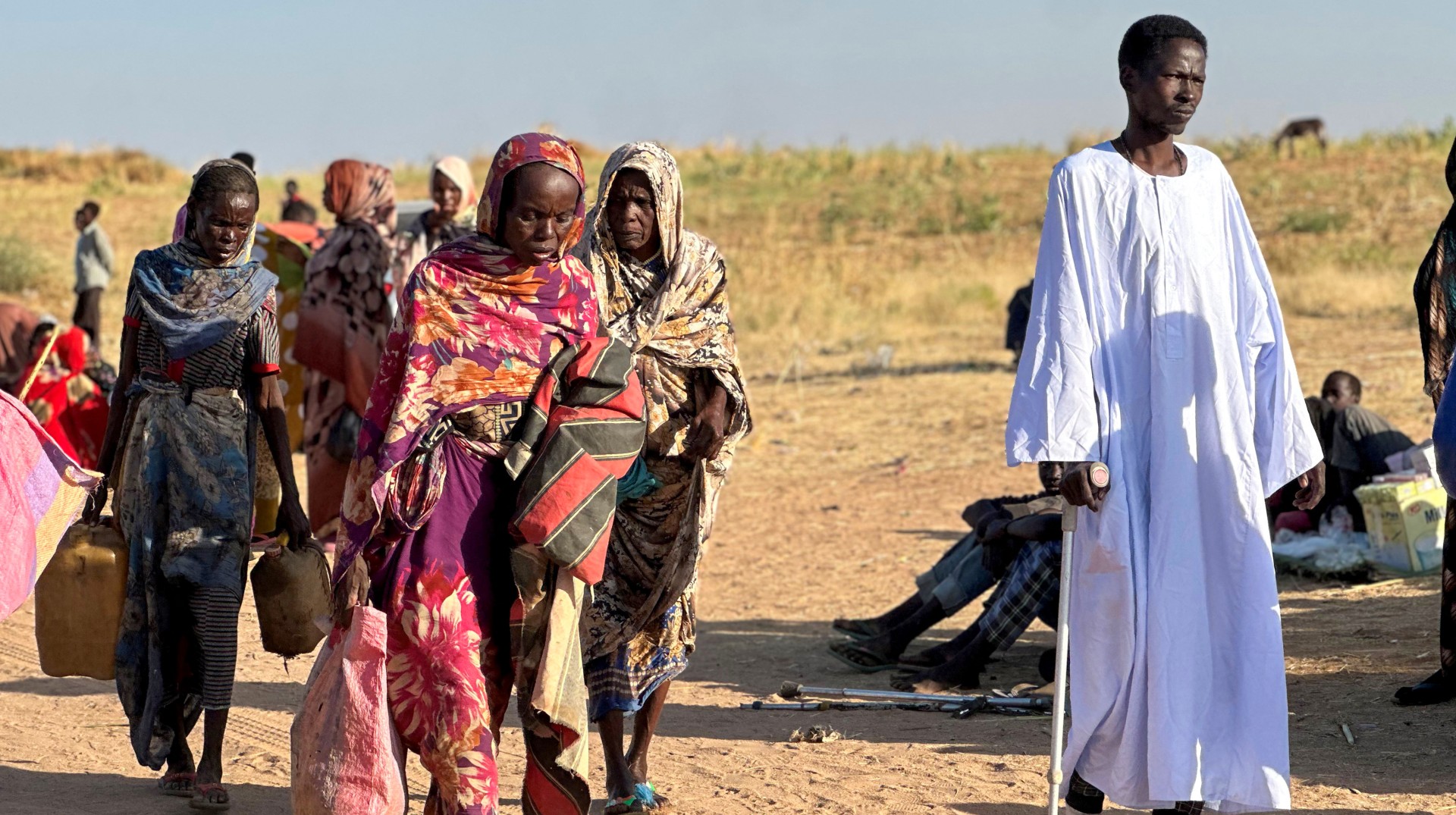 Sudan stands on the brink of another national schism
Sudan stands on the brink of another national schismThe Explainer With tens of thousands dead and millions displaced, one of Africa’s most severe outbreaks of sectarian violence is poised to take a dramatic turn for the worse
-
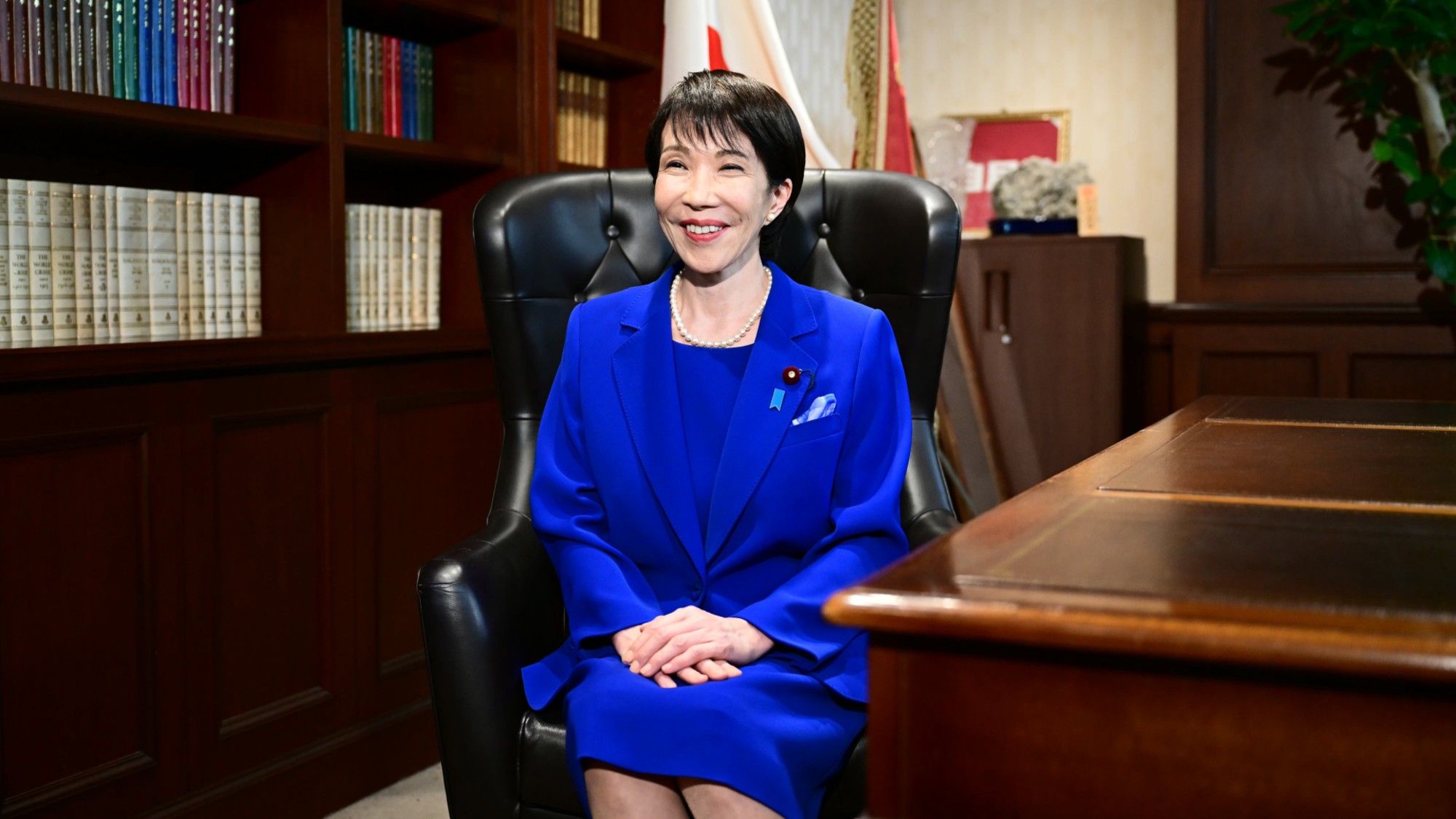 Sanae Takaichi: Japan’s Iron Lady set to be the country’s first woman prime minister
Sanae Takaichi: Japan’s Iron Lady set to be the country’s first woman prime ministerIn the Spotlight Takaichi is a member of Japan’s conservative, nationalist Liberal Democratic Party
-
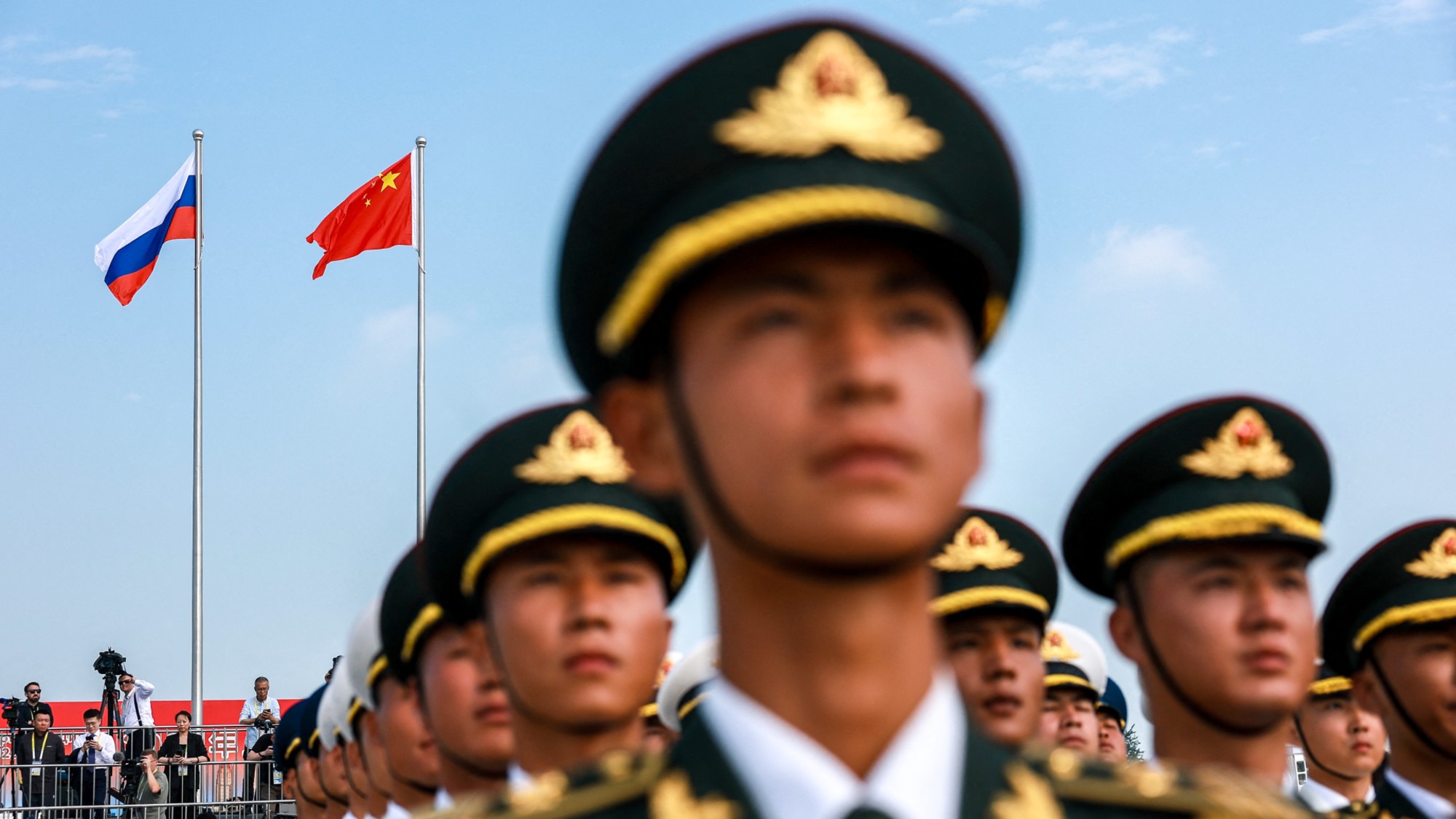 Russia is ‘helping China’ prepare for an invasion of Taiwan
Russia is ‘helping China’ prepare for an invasion of TaiwanIn the Spotlight Russia is reportedly allowing China access to military training


